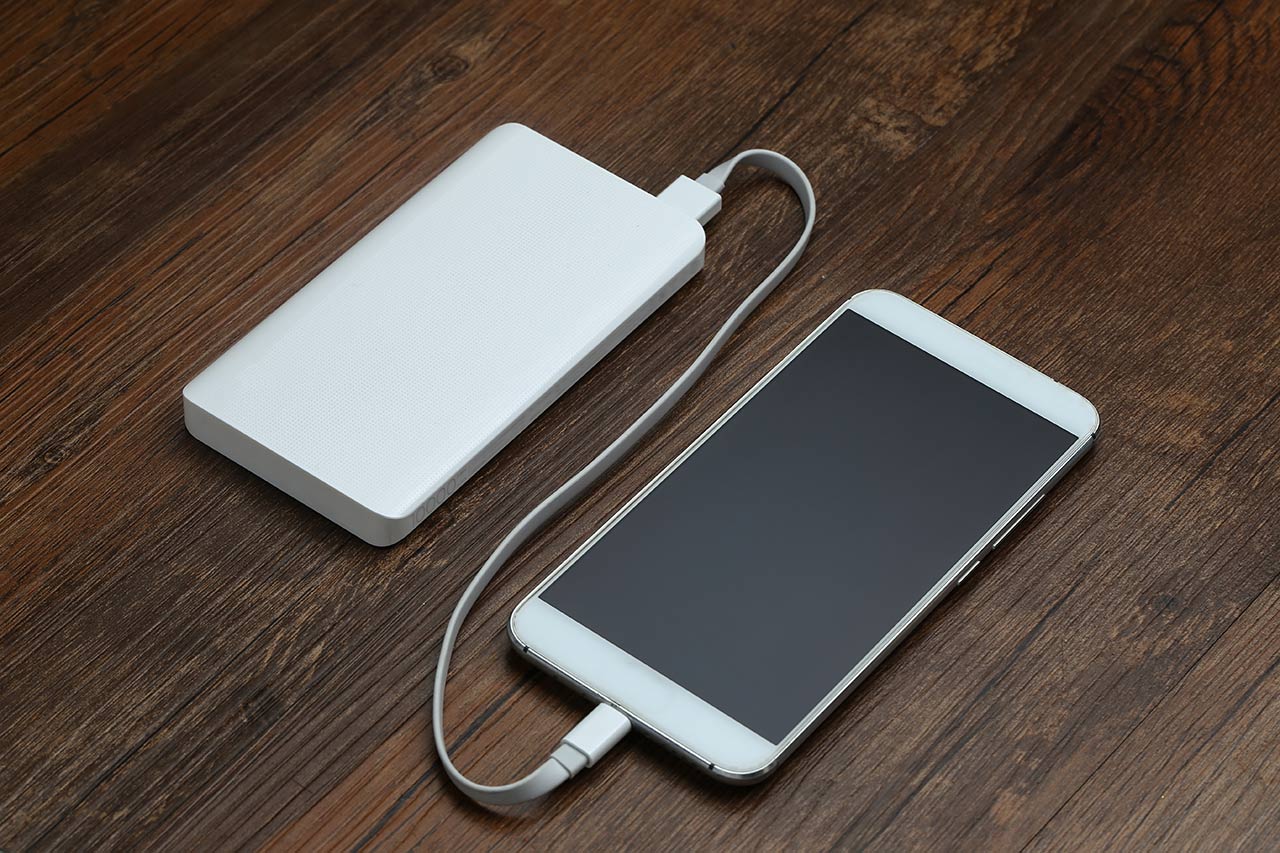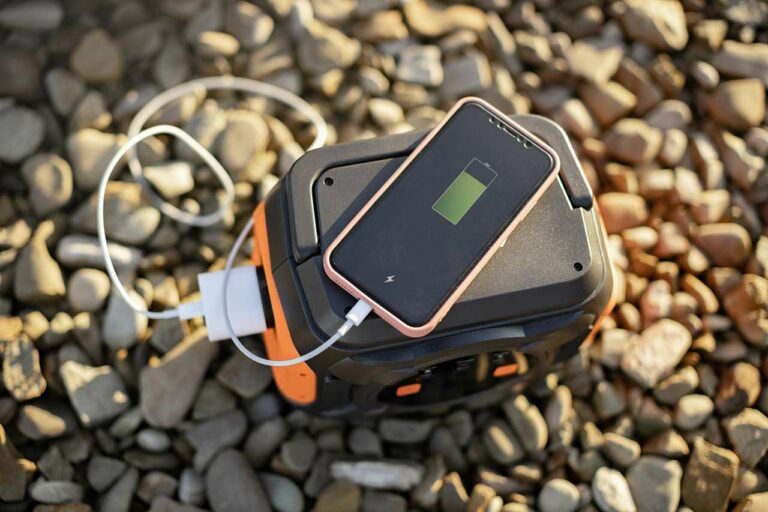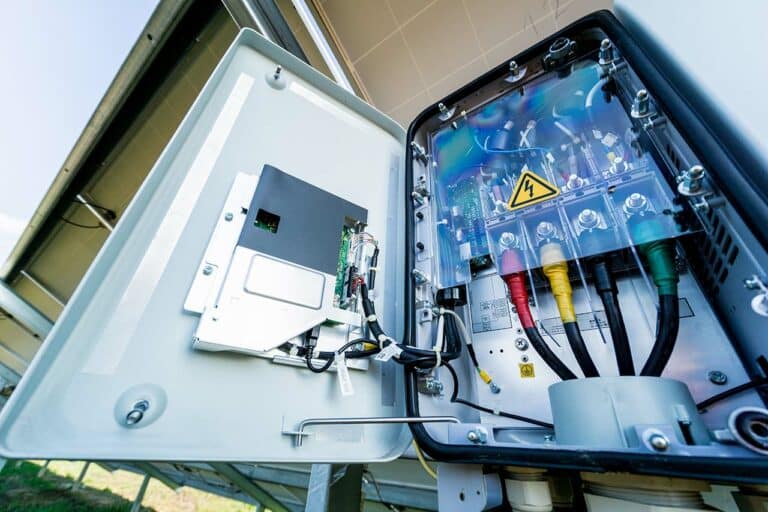How Long Does A Power Bank Last? (Lifespan Explained)
If you’re wondering how long a power bank lasts, you’re not alone. As an essential accessory for our on-the-go lifestyles, not to mention in emergencies like power outages, power banks play a significant role in keeping our devices charged when we need them the most. The lifespans of power banks vary, but on average, they can last between 3 and 5 years.
Considerations for Power Bank Lifespan
When it comes to your power bank’s lifespan, several factors can influence how long it’ll last. Let’s dive into some key considerations that can affect the working life of your trusty power bank.
Capacity and Quality: The power bank’s capacity, measured in milliamp-hours (mAh), plays a significant role in determining its lifespan. Generally, higher mAh power banks tend to last longer. A power bank with higher mAh will also have more energy storage, allowing you to charge your devices more times before needing a recharge itself.
Build and Materials: The overall build quality of a power bank also makes a major difference in its lifespan. High-quality power banks can provide 500-1,000 charging cycles, lasting up to 3-5 years with fairly regular use.
Usage: As alluded to above, how often you use your power bank will affect its service life. Generally, the more you use a power bank, the quicker its charge-discharge cycles get consumed, which can ultimately shorten its overall shelf life.
Remember, power banks are ideally used as backup power for charging your devices, not as regular power sources.
Temperature: Your power bank’s lifespan can also be affected by the temperature at which it’s stored and used. Like with many electronics, extreme temperatures, both hot and cold, can harm the battery, reducing its charge cycles and overall service life. So, keep power banks out of the heat, away from direct sunlight, and don’t leave it in freezing temperatures.
Power banks should never be stored in a vehicle, due to exposure to extreme temps.
Proper Charging Practices: It’s essential to follow good charging practices for your power bank. Avoid using it while it’s charging, and ensure that you’re using a suitable charger for the specific type of battery. This helps protect the battery from potential damage and can prolong its life.
Impacts of Power Bank and Battery Quality
If you’re concerned about how long your power bank will last, and how reliable it will be in a power outage, then you should focus on quality. Quality is super important when it comes to how long your power bank will last. A high-quality power bank, typically built with better components, undergoes rigorous testing to ensure its durability. Investing in a reputable brand can significantly prolong the lifespan of your power bank. Yes, it will cost more upfront, but you are paying for reliability, and a higher quality power bank will last longer, so it won’t need replacing as quickly.
Power Bank Batteries
The batteries in power banks are generally one of two types: lithium-ion or lithium polymer. While lithium-ion batteries have a bit more energy density, lithium polymer batteries offer a slimmer design and a bit more safety when it comes to leakage. Both types have their pros and cons. The important thing is to ensure the battery used in your power bank is of good quality.
Lifespan Differences Between Lithium-ion and Lithium Polymer Batteries in Power Banks
When evaluating the longevity of power bank batteries, both lithium-ion (Li-ion) and lithium polymer (LiPo) have distinct characteristics that influence their lifespans. Generally, both types can last for several years, but their performance can differ based on several factors.
Lithium-ion batteries, known for their energy density, can often store more energy than lithium polymer batteries of the same size. This attribute allows them to deliver power for longer periods. However, as they age, Li-ion batteries may experience capacity loss, which means over time, they may not hold as much charge as they once did. On average, after 500 to 1,000 charge cycles, a Li-ion battery might retain about 80% of its original capacity.
Lithium polymer batteries, while having a slightly lower energy density, are prized for their versatility in shape and durability. They can be designed in various forms, making them ideal for slim or uniquely-shaped power banks. In terms of lifespan, LiPo batteries also degrade over time and with use, but they can often withstand more charge cycles than Li-ion before experiencing significant capacity loss. LiPo batteries also typically have more stable chemical compositions, which can give them an edge in longevity under certain conditions.
So, How Long Does a Power Bank Last?
On average, a good power bank can last for about 3 years and hold a full charge for 4 to 6 months with minimal loss in power. Not too shabby when you’re stocking up for a potential power outage.
When To Replace Your Power Bank
The final piece of the puzzle in how long your power bank will last is knowing when to replace it. It’s normal for a power bank’s capacity to degrade over time, especially after three years of usage.
Regularly inspect your power bank for signs of wear and tear, bulging, or any other damage. If it looks dodgy, it’s time to say goodbye and invest in a new one.
You should also pay attention to how long the power bank is holding its charge and how much power it has when you go to use it. This will let you know if the power bank is nearing the end of its lifespan, and allow you to replace before you actually need it in an emergency situation.
The Power Bank Lifeline
In an age where we’re increasingly dependent on electronic devices, power banks emerge as unsung heroes, especially during unforeseen power outages. They stand as a testament to human ingenuity, ensuring our devices remain functional when it matters most.
With proper care and mindful usage, these handy gadgets can offer consistent service for several years. As you prepare for any emergency, remember that a reliable power bank isn’t just about capacity – it’s a combination of quality, care, and wise usage.
Stay charged and stay connected.







